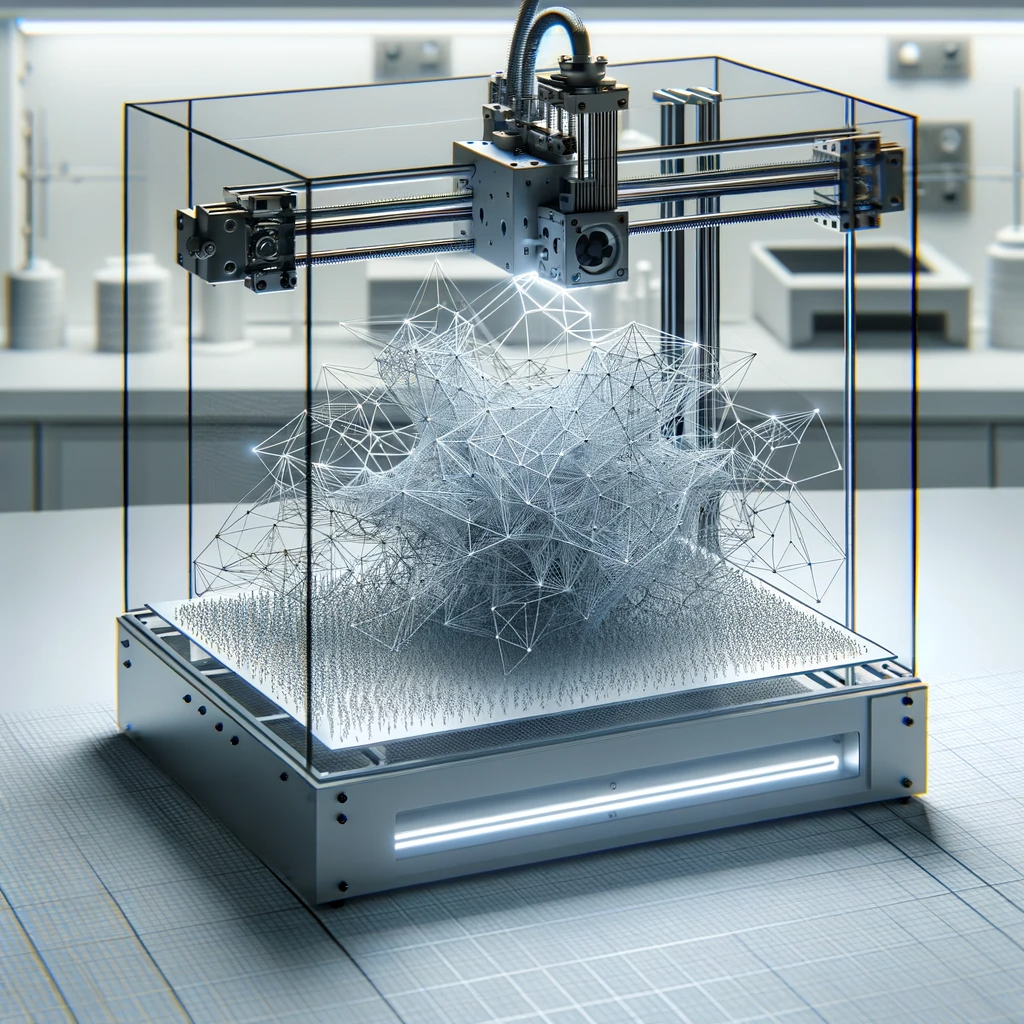2024-02-08 オランダ・デルフト工科大学(TUDelft)

<関連情報>
- https://www.tudelft.nl/en/2024/me/news/new-ai-tool-discovers-realistic-metamaterials-with-unusual-properties
- https://onlinelibrary.wiley.com/doi/10.1002/adma.202303481
ディープラーニングによるランダムネットワーク3Dプリント機械メタマテリアルのサイズ無視逆設計 Deep Learning for Size-Agnostic Inverse Design of Random-Network 3D Printed Mechanical Metamaterials
Helda Pahlavani, Kostas Tsifoutis-Kazolis, Mauricio C. Saldivar, Prerak Mody, Jie Zhou, Mohammad J. Mirzaali, Amir A. Zadpoor
Advanced Materials Published: 30 October 2023
DOI:https://doi.org/10.1002/adma.202303481

Abstract
Practical applications of mechanical metamaterials often involve solving inverse problems aimed at finding microarchitectures that give rise to certain properties. The limited resolution of additive manufacturing techniques often requires solving such inverse problems for specific specimen sizes. Moreover, the candidate microarchitectures should be resistant to fatigue and fracture. Such a multi-objective inverse design problem is formidably difficult to solve but its solution is the key to real-world applications of mechanical metamaterials. Here, a modular approach titled “Deep-DRAM” that combines four decoupled models is proposed, including two deep learning (DL) models, a deep generative model based on conditional variational autoencoders, and direct finite element (FE) simulations. Deep-DRAM integrates these models into a framework capable of finding many solutions to the posed multi-objective inverse design problem based on random-network unit cells. Using an extensive set of simulations as well as experiments performed on 3D printed specimens, it is demonstrate that: 1) the predictions of the DL models are in agreement with FE simulations and experimental observations, 2) an enlarged envelope of achievable elastic properties (e.g., rare combinations of double auxeticity and high stiffness) is realized using the proposed approach, and 3) Deep-DRAM can provide many solutions to the considered multi-objective inverse design problem.




